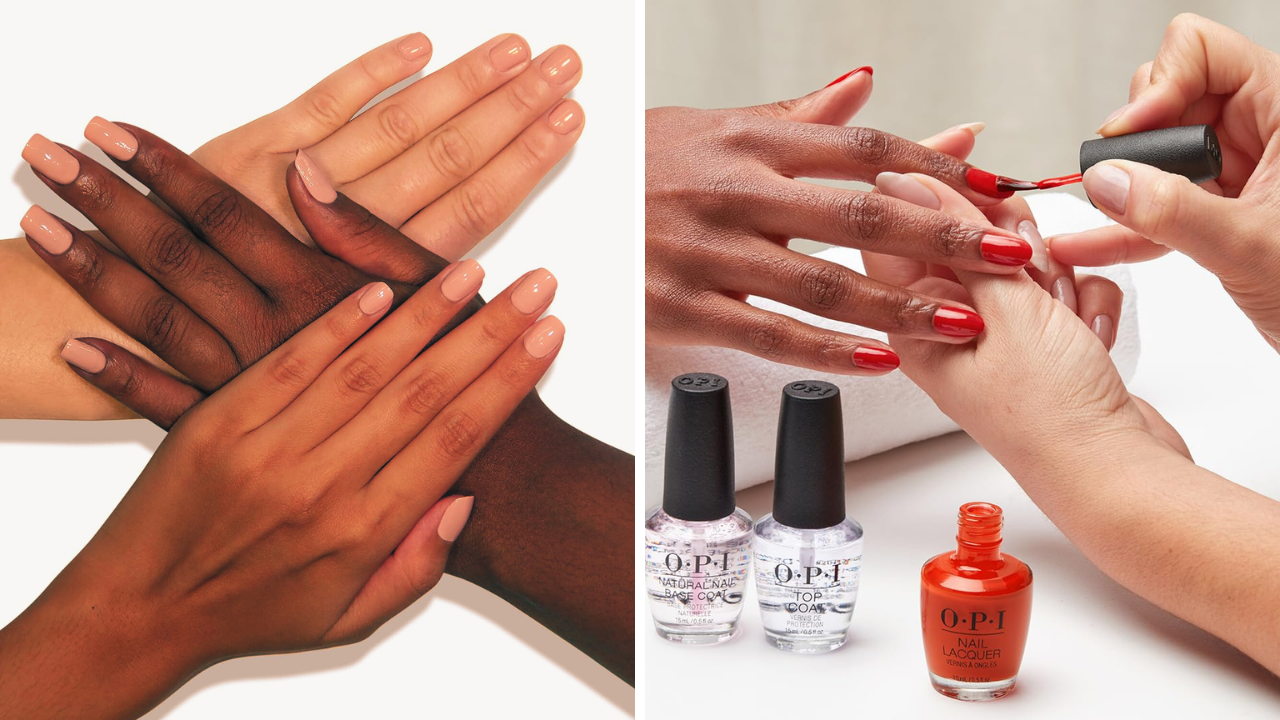Nail lacquer, commonly known as nail polish, is a staple in beauty routines worldwide. But amidst the colorful allure of polished nails, concerns about potential damage to nail health often arise. This article delves into whether nail lacquers are friends or foes to our fingernails.
Key Takeaways:
- Understand the impact of regular nail polish and gel polish on nail health.
- Learn about the proper application and removal techniques to minimize nail damage.
- Discover tips for maintaining healthy nails while enjoying your favorite nail lacquers.
The Composition of Nail Lacquer and Its Effects
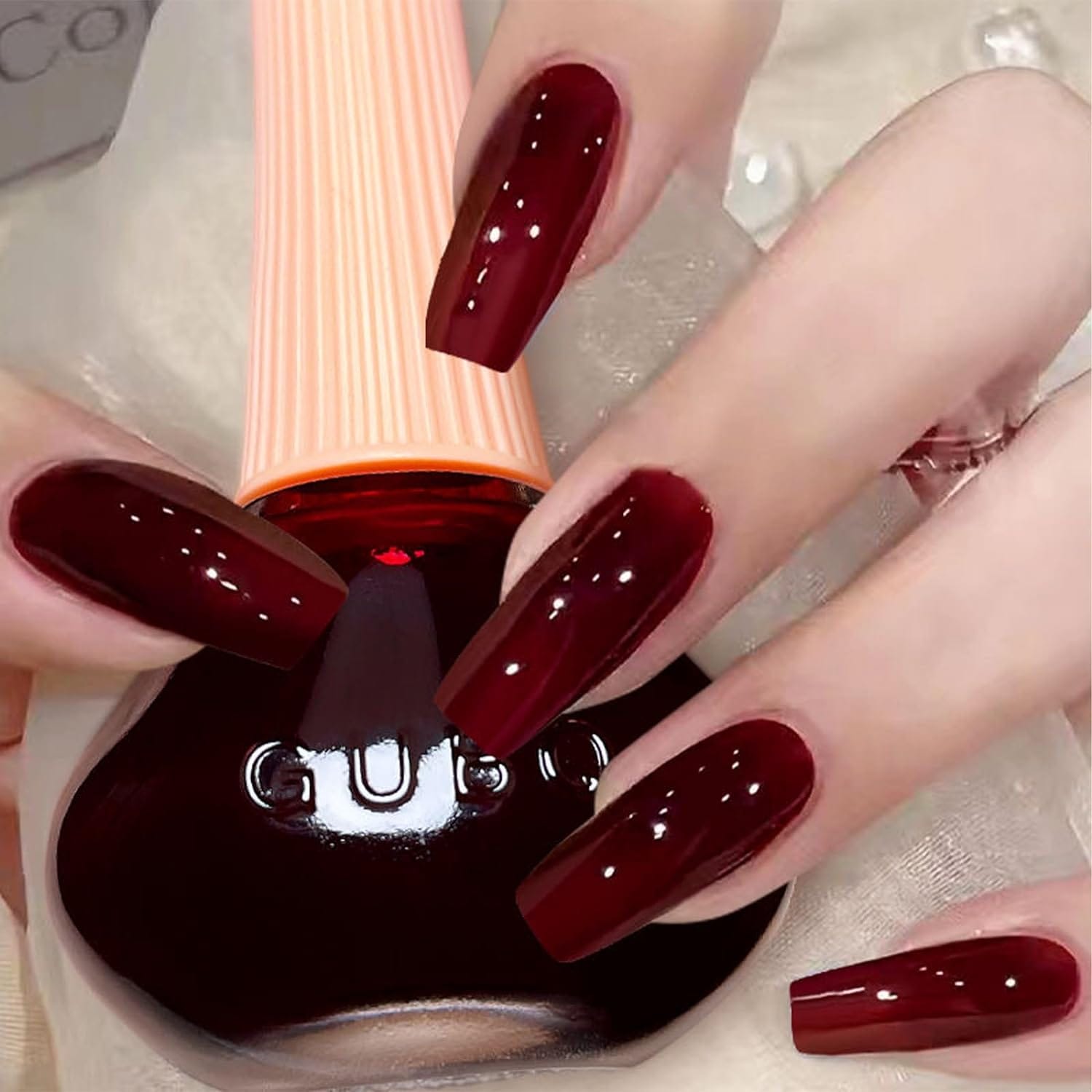
Nail polishes come in various formulations, but most contain a blend of film-forming agents, resins, solvents, and plasticizers. Traditional nail polish, including gel polish and powder dip polish, often contains harsh chemicals like formaldehyde, toluene, and dibutyl phthalate. These ingredients can lead to brittle nails and other nail problems when used excessively.
Regular Nail Polish vs. Gel Polish: A Comparative Analysis
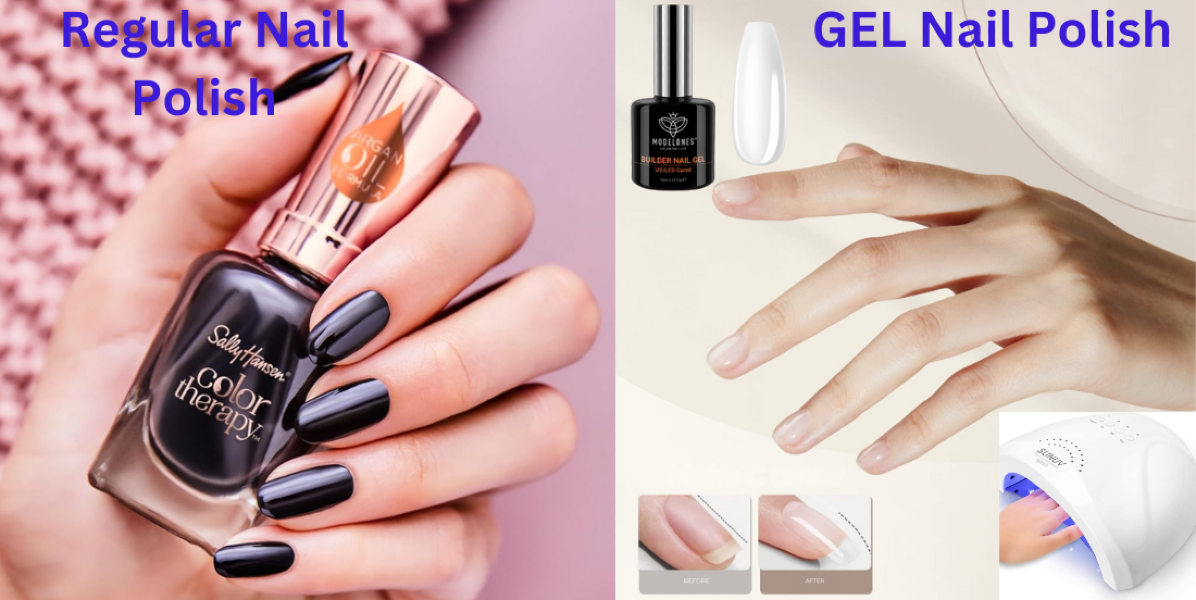
Regular nail polish is a temporary coating that can be air-dried, while gel polish requires UV exposure to cure. Gel manicures last longer but can lead to weak nails and potential skin cancer risks due to UV exposure. Regularly wearing either type of polish without giving nails a break can contribute to overall nail health deterioration.
The Impact of Nail Polish on the Nail Bed and Plate
The nail bed and nail plate can suffer from too much buffing and harsh polish removal processes. Overzealous buffing can thin the nail plate, making it prone to breakage. Meanwhile, aggressive polish removal can strip the nail bed of natural oils, leading to dry, damaged nails.
Can Nail Polish Lead to Brittle Nails?
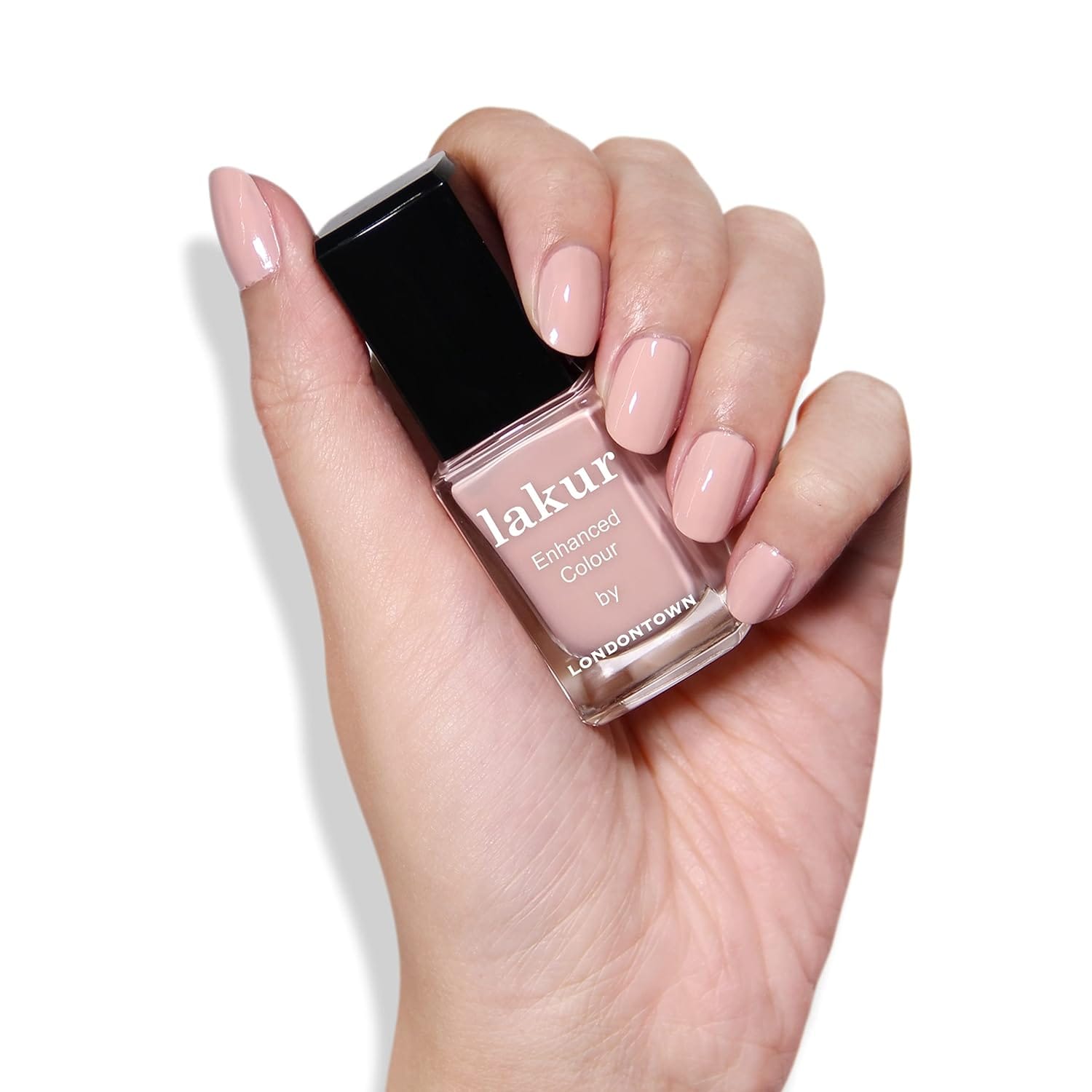
Brittle nails are often a sign of nail damage. Regularly wearing nail polish, especially without proper care, can exacerbate this condition. The key to preventing brittleness is to allow naked nails to breathe between polish applications and to nourish them with cuticle oil and a balanced diet.
The Role of Acrylic and Gel Nails in Nail Health
Acrylic nails and gel nails offer a hard shell over natural nails, which can be protective but also potentially damaging. The application process involves chemicals and filing that can weaken the natural nail. Moreover, the removal process for these enhancements can be harsh and lead to nail peeling and damage if not done correctly.
Healthier Alternatives: Non-Toxic Nail Polishes
Non-toxic nail polishes with fewer chemicals are available for those concerned about traditional nail polish ingredients. These healthier alternatives often exclude formaldehyde, toluene, and dibutyl phthalate, reducing the risk of nail damage and promoting healthier nails.
The Importance of Nail Hydration and Nutrition
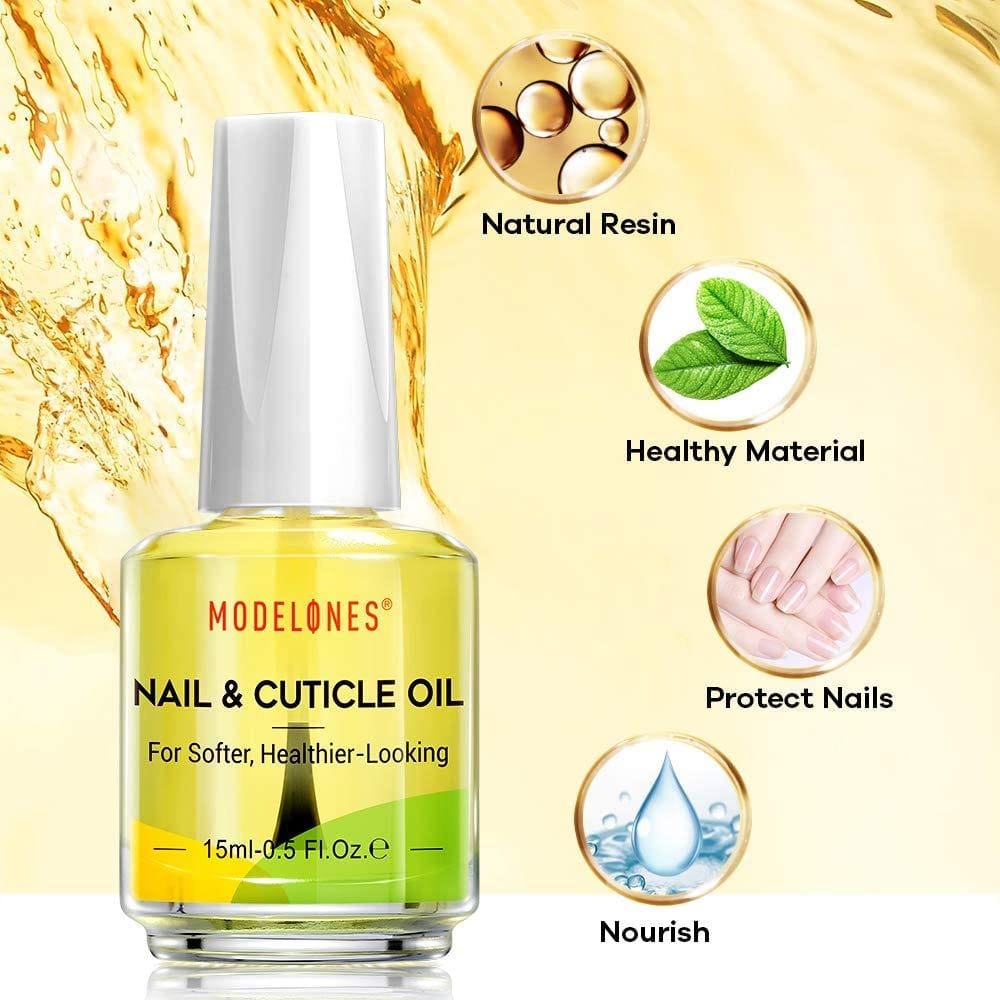
Hydration is crucial for healthy nails. Applying cuticle oil regularly can help maintain nail flexibility and prevent peeling. Additionally, a balanced diet rich in vitamins and minerals supports overall nail health, making nails less susceptible to damage from nail polish.
Proper Polish Application: Base Coat and Top Coat
Using a base coat before applying nail polish can protect the nail plate from staining and damage. A top coat, on the other hand, seals the polish, providing a protective barrier and prolonging the manicure's life. Both steps are essential in the application process to minimize nail damage.
The Risks of Skipping the Polish Removal Process
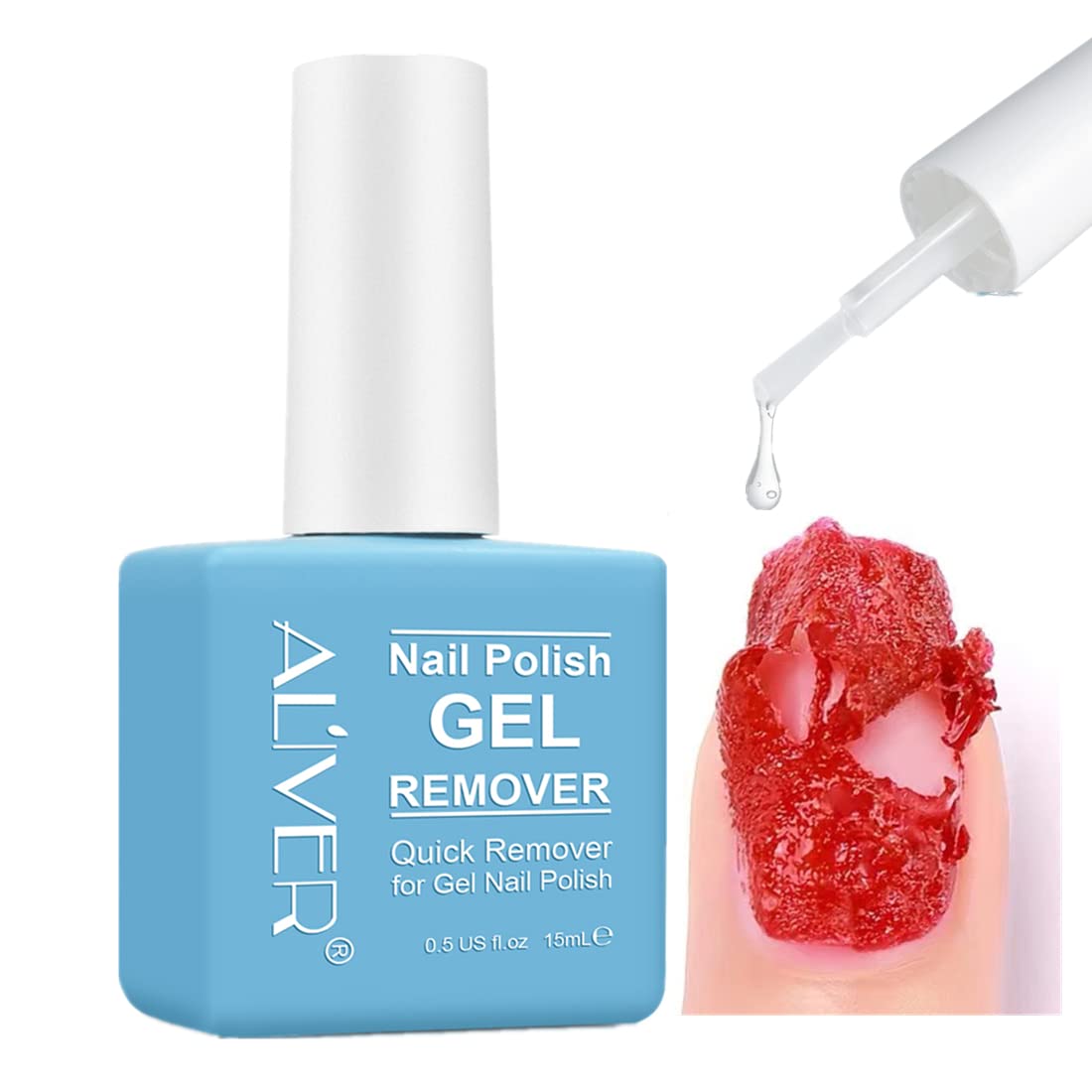
Leaving nail polish on too long or skipping the removal process can lead to discoloration and weakened nails. It's important to remove polish with an acetone-free remover and cotton balls, using gentle strokes to minimize damage to the nail plate and surrounding skin.
Nail Care Between Manicures: Skipping Polish
Giving your nails a break from polish allows them to recover from potential damage. Skipping polish for a week or more can help restore natural nails to their healthier state, especially after wearing gel polish or acrylic nails.
The Dangers of Too Much Buffing
Too much buffing can thin out the nail plate, making it more vulnerable to breakage and damage. It's important to use a gentle emery board and buff only as necessary to maintain the nail's top layer without causing harm.
Nail Salon Safety: Choosing the Right Nail Technician
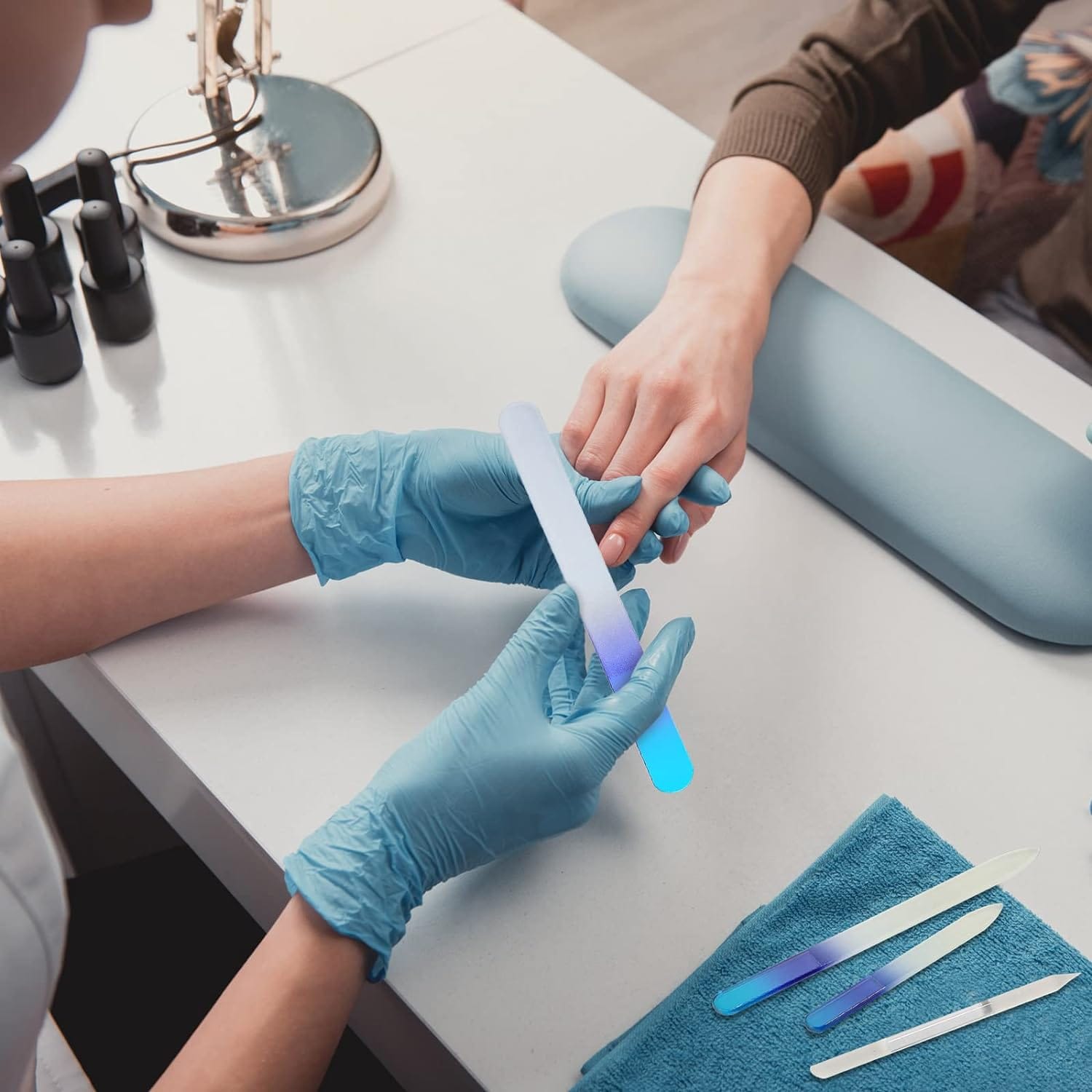
When visiting nail salons, it's crucial to choose a nail technician who prioritizes nail health. Look for salons that use products with fewer harsh ingredients and that follow proper sanitization procedures to prevent nail damage and infections.
Special Occasions: When to Wear Nail Polish
For those concerned about nail health, consider wearing nail polish only for special occasions. This approach minimizes exposure to potentially damaging chemicals and allows natural nails to maintain strength and resilience.
The Role of Cuticle Oil in Nail Health
Cuticle oil is a vital component in maintaining nail health. It hydrates the nail bed and cuticles, preventing dryness and promoting stronger, healthier nails. Regular use of cuticle oil can counteract some of the drying effects of nail polish and polish removers.
Nail Polish Removers: Acetone vs. Acetone-Free

The choice between acetone and acetone-free nail polish removers can impact nail health. Acetone removers are more effective but can be drying and harsh on nails. Acetone-free formulas are gentler but may require more effort to remove polish, reducing the risk of nail damage.
Protecting Nails from UV Exposure During Gel Manicures
UV exposure during gel manicures can be harmful to both nails and skin. To protect against potential damage, apply sunscreen to your hands before the gel application process, and consider using LED lamps, which emit less UV radiation.
The Benefits of Clear Polish for Nail Protection
Clear polish can provide a protective layer for nails without the added colorants of tinted polishes. It can be a good option for those looking to minimize nail damage while still enjoying the benefits of a manicure.
Nail Health and Overall Well-being: A Holistic Approach
Nail health is a reflection of overall well-being. Maintaining a balanced diet, staying hydrated, and avoiding harsh chemicals can contribute to stronger, healthier nails. Additionally, practicing good nail hygiene and using protective measures like gloves when exposed to hot water or cleaning products can prevent nail problems.
Summary
While nail lacquer can potentially damage nails, understanding the composition of nail polishes and adopting proper nail care practices can mitigate these risks. By choosing healthier polish options, using base and top coats, and giving nail breaks between manicures, you can enjoy beautifully polished nails without compromising their health. Remember to hydrate with cuticle oil, opt for acetone-free removers, and protect your skin during gel manicures to maintain overall nail health.
FAQ Section
Can wearing nail polish all the time damage my nails?
Always wearing nail polish without breaks can lead to dry, brittle, and damaged nails. It's important to let your nails breathe between applications and to nourish them with cuticle oil and a balanced diet.
Are there any nail polish ingredients I should avoid to prevent nail damage?
It's advisable to avoid nail polishes containing harsh chemicals like formaldehyde, toluene, and dibutyl phthalate. Opt for non-toxic polishes with fewer chemicals to promote healthier nails.
How can I protect my nails during a gel manicure?
To protect your nails during a gel manicure, apply a base coat and sunscreen to your hands to minimize UV exposure. Choose a reputable nail salon that uses LED lamps and follows proper nail care protocols.
